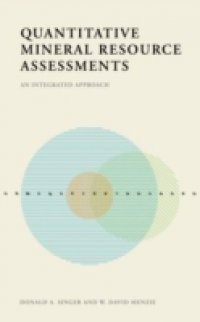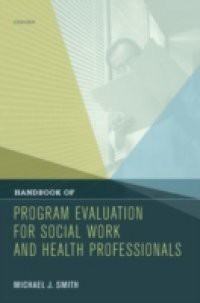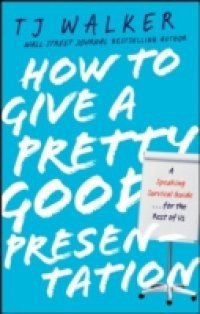Policy makers, mineral exploration experts, and regional planners decide how public lands, which may contain undiscovered resources, should be used or whether to invest in exploration for minerals on a regular basis. Decisions are also made concerning mineral resource adequacy, national policy, and regional development. This book makes explicit the factors that can affect a mineral-related decision so that decision-makers can clearly see the possible consequences of their decisions. Based on work done at the US Geological Survey, the authors address the question of the kinds of issues decision-makers are trying to resolve and what forms of information would aid in resolving these issues. The goal of the process discussed is to offer unbiased quantitative assessments in a format needed in decision-support systems so that consequences of alternative courses of action can be examined with respect to land use or mineral-resource development. An integrated approach focuses on three assessment parts and the models that support them. Although the concepts presented are straightforward and understandable, in assessments, carefully listening to the experts in other disciplines leads to better products. Navigating through and making sense of QRA requires not just learning rules and equations, but life experiences and common sense. The judgment required to understand which tools to apply are best learned by example and experience. This will be useful to governmental or industrial policy makers, managers of explorations, planners of regional development, and similar decision-makers.




















